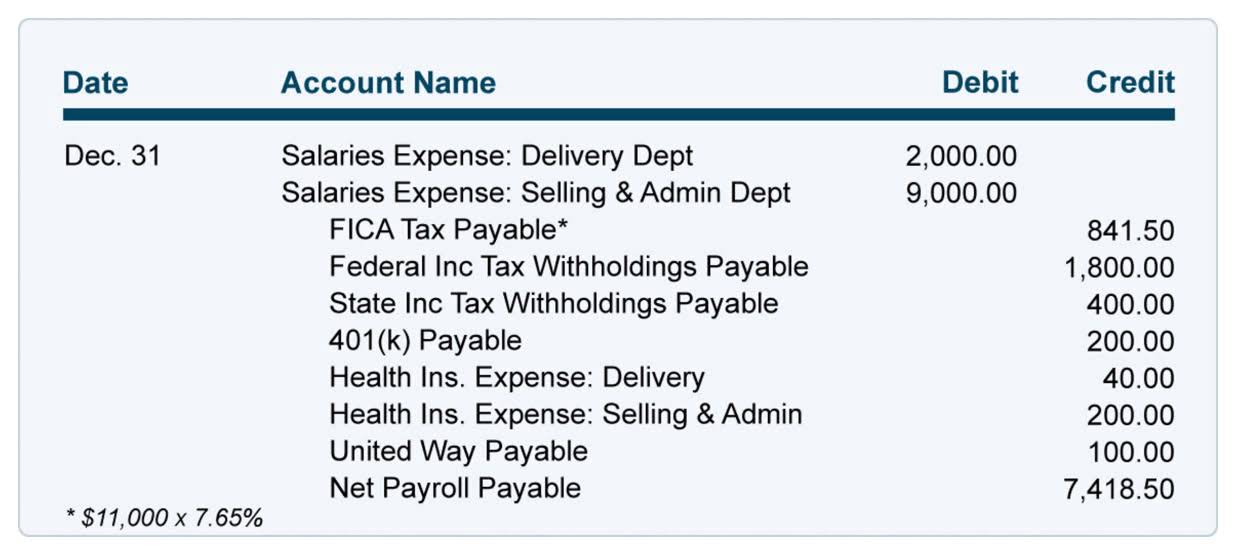
The remaining inventory of 200 units would not be transferred to cost of good sold in 2022 but would be listed as current asset in the company’s year-end balance sheet. These unsold units would continue to be treated as asset until they are sold in a following year and their cost transferred from inventory account to cost of goods sold account. In financial accounting, we break the operating expenses into two basic sub-categories; selling expenses and Catch Up Bookkeeping general and administrative expenses. In cost accounting, we don’t concern ourselves with the breakdown of operating expenses.

Implementing Best Practices for Prime Cost Management with TranZact
In other words, they are expensed in the period incurred and appear on the income statement. In this context, product costs consist primarily of the purchase costs of the inventory. It is the price paid to suppliers for the goods plus any additional costs necessary to get the inventory to its sale location, such as freight-in and import duties. Product costs are vital for determining the cost of inventory on hand and the cost of goods sold during a period.

The timing of period costs
A paradigm case is the increase in hiring from countries like the United States to the region. The reality is that more and more companies are looking for professionals willing to work for lower salaries than in the U.S., but higher compared to those in their own countries. As a result, the workforce of Latin American workers has become an opportunity to attract foreign and multicultural talent, continuing to contribute to the potential growth of large U.S. companies.
- B. Shipping is a period cost and (a. and d.) are product costs so they can not be correct.
- Since that cost is included in the fixed asset, which occurs just once, it would not be considered a period cost.
- Below is a break down of subject weightings in the FMVA® financial analyst program.
- If the labour in question is related to production (for example, if the employee works in manufacturing) then it’s a product cost.
- Operating expenses are the funds a business pays regularly to stay in business – rent, salaries, and advertising costs, to name a few.
What are Product Costs?

Sales commissions, administrative costs, advertising and rent of office space are all period costs. These costs are not included as part of the cost of either purchased or manufactured goods, but are recorded as expenses on the income statement in the period they are incurred. If advertising happens in June, you will receive an invoice, and record the expense in June, even if you have terms that allow you to actually pay the expense in July. The cash may actually be spent on an item that will be incurred later, like insurance. It is important to understand through period costs the accrual method of accounting, that expenses and income should be recognized when incurred, not necessarily when they are paid or cash received.
- Instead, they’re related to the passing of time and any time-based expenses like utility bills and rent.
- The higher the volume of production, the higher the product costs will be.
- As per the vignette, the travel and entertainment expenses boost employee morale and support, which improves work performance and increases product quality.
- Direct labor encompasses the wages paid to employees who directly work on producing the goods or providing the services.
- (You may also see other names for manufacturing overhead, such as factory overhead, factory indirect costs, or factory burden).
- A direct cost is a cost that can be directly tied or traced to a specific unit, department or process.
Examples of Product Costs

Conversely, a steel mill may have high inventory costs, but low selling expenses. Both product cost and period cost may be either variable or fixed in nature. Based on the association with the product, cost can be classified as product cost and period cost. Product Cost is the cost that is attributable to the product, i.e. the cost which is traceable to the product and is a part of inventory values. On the contrary, Period Cost is just opposite to product cost, as they are not related to production, they cannot be apportioned to the product, as it is charged to the period in which they arise.

Such a treatment of period costs Accounting Periods and Methods is in accordance with the accrual concept of financial accounting. Product costs are costs that are incurred to create a product that is intended for sale to customers. Product costs include direct material (DM), direct labor (DL), and manufacturing overhead (MOH). When preparing financial statements, companies need to classify costs as either product costs or period costs.
Companies may decide to absorb certain period costs temporarily to gain market share or enter a new market, setting prices that are competitive yet may not fully cover these expenses in the short term. This approach can be particularly effective in industries where customer acquisition costs are high, but the lifetime value of a customer is significant. The pricing strategy must then be adjusted over time as the business scales and these costs become a smaller proportion of the total expenses. Explore the role of period costs in financial management, from accounting practices to strategic pricing and budgeting, for informed business decisions.
Unlike product costs, period costs don’t depend on the production volume. They occur consistently over a specific time period, like a month or a year, and are incurred regardless of how much or how little the business produces during that time. Out of the production this period, 70% was sold, leaving 30% for Work-in-Process and finished goods inventories. It means 70% of the product costs are recognized as expenses now, with the rest carried over in ending inventory. Period costs or non-inventoriable costs or non-manufacturing overheads are all such costs that are not incurred in connection to the production.


